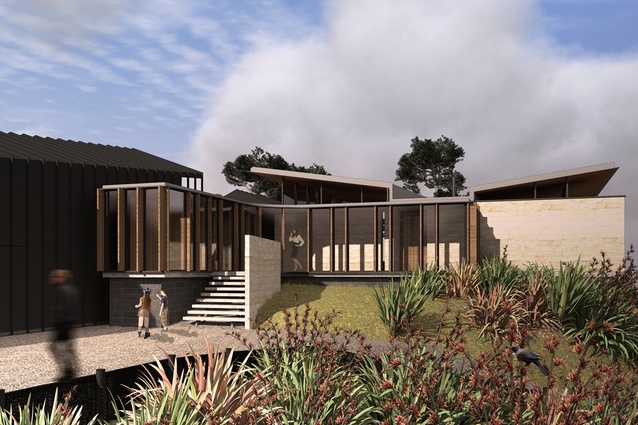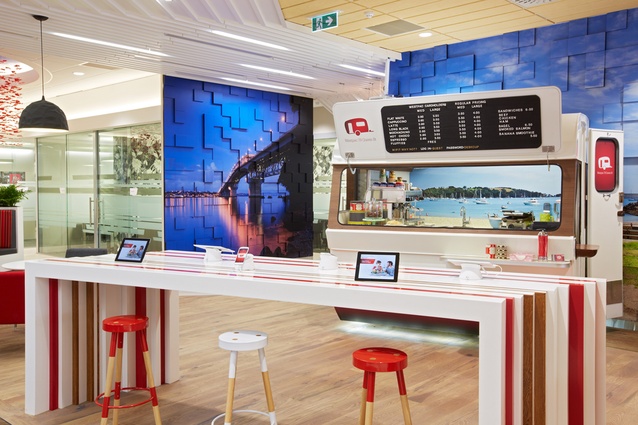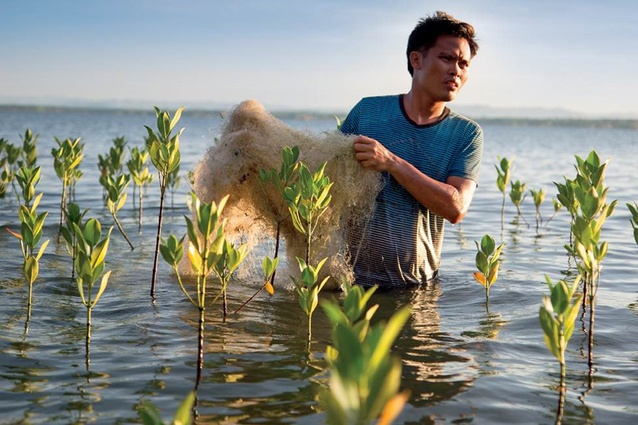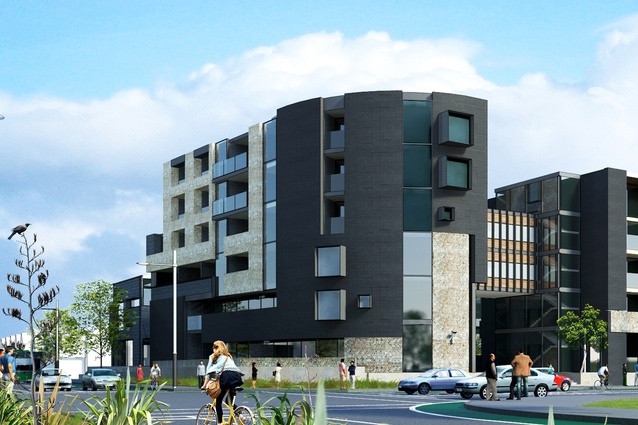Sustainability with context
Stephen Voyle, founder and CEO of Context Architects, discusses sustainability and green building practice in New Zealand.
ArchitectureNow: You founded Context Architects in 2004, and it now has over 50 employees in two locations across New Zealand, what do you think has helped the firm to grow to such a strong position?
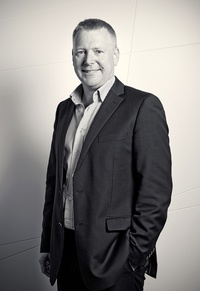
Stephen Voyle: The strength of our business is measured by the quality of our work – delivering work that surprises and delights. And we focus on people – our clients and our team – to get the best result.
ANow: Does Context have a specific design ethos or preferred style – what are some of the key concepts that are important to the firm?
SV: We are storytellers. Every story starts with a beginning, from unearthing the history of a site, through to writing a new story and the end where the connections are drawn together and made real via the built form. Context Architects originated on the back of designing buildings and spaces that fit well into the context of their sites and communities. But it has extended to storytelling about people and the site and its heritage, environmental and design values – to solve a client’s brief.
Every narrative is different and individual, depending on the brief. We don’t have a ‘design’ style as such as a practice. We are not homogeneous in our approach. You won’t ever say ‘oh, that’s a Context design’. If we thought or worked like this, it would mean we weren’t really listening to clients or responding to their briefs and the specific sites.
ANow: Context is a member of the NZGBC – what is the firm’s approach to sustainability?
SV: Our sustainability team is led by in-house expert Alan Hayward and includes Homestar and Passive House assessors and Green Star practitioners. They consider what part sustainability plays in the solutions we create for our clients, as well as internally in the way we do things at Context. We occupy a character space in Kingsland – a repurposed old shoe factory. As we keep knocking through walls to increase our floor space as we grow, we’re learning first-hand the importance of energy efficiency!
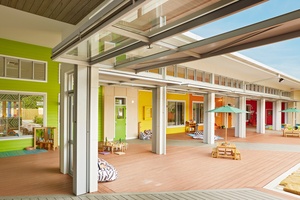
We focus on fundamentals first – making sure there’s good orientation and designing to the environment. At the master planning level, we ensure lots are set up right from the start – orientation again, efficient footprints and good distribution of the right typologies – for example making sure living spaces get the sun and avoiding single-aspect south-facing units.
In New Zealand we’re not doing that well at solar shading yet, which because of climatic change is starting to become a bigger issue. Context’s holistic approach includes creating hard-working landscaping – plant selections that support the architecture by creating interest, shadow and shade, absorption of stormwater, and softening hard edges, and at the social level of creating spaces where people can come together and are encouraged to look after the spaces around their homes, rather than bolts-ons which can sometimes get value-engineered out.
We emphasise building performance and talk with the client about this from the beginning – not waiting till the design phase, but throughout the whole process –so they understand ideas like whole-of-life costs and how we can deliver higher-value, better performing buildings that are a joy to inhabit over generations.
ANow: How can we improve our construction in New Zealand to better incorporate green building practices?
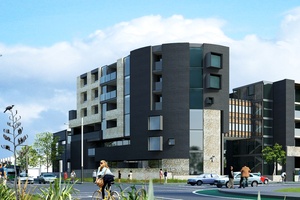
SV: We can empower clients through education to choose and demand more sustainable design and construction methods. This is slowly happening, but for wholesale, exciting change ultimately I think legislation will have to play a part.
ANow: What are some key sustainable projects Context has recently completed that you are particularly proud of?
SV: We completed Mother Duck Childcare Centre, Brisbane in 2014. Housing 130 children, the centre was feted by the Australian government and epitomised designing to the environment. Folding fire-station doors add a lot of fun as well as natural ventilation and light, which is important to create a calm, home-like environment and which virtually eliminates air-conditioning. PV panels supply energy and natural, biodegradable materials like Interface’s recycled floor tiles were specified.
Another project is Arkles Bay House in Auckland, which is currently under construction. It is a residential renovation and addition with a new rammed earth wall that cools the home in summer and insulates it in winter. Exposed concrete floors perform the same function and the pool doubles as a heat sink to heat and cool the building via a series of underfloor pipes. Clerestory perimeter windows pull natural light into the building and vertical fins on the exterior provide shade, privacy and shelter.
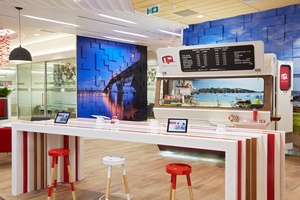
We are also currently working on residential apartments in Auckland – the designs for this 107-unit apartment development in Auckland uses reclaimed brick from local demolished buildings.
Finally, we have an ongoing relationship with Westpac, whose national property network we manage. Looking after sustainability delivers cost savings and contributes to good corporate citizenship. From smart use of technology to floor tiles made from fishing nets and plastic rubbish collected from Pacific islands, we look at all the ways we can make Westpac’s branches more sustainable and efficient.
ANow: Affordability, sustainability, adaptive reuse, these are all concepts gaining ground with the general public. In your opinion, what is the most important issue facing architecture today in New Zealand?
SV: They are all important issues with merit. For us, density is destiny – we have to adapt to increasing urbanisation in New Zealand’s main centres. We have a really exciting opportunity as a country to do density well and to redefine what desirable living looks like.
ArchitectureNow works with a range of partners in the A&D supply sector to source appropriate content for the site. This content has been generated in assocation with Context Architects and Interface.

